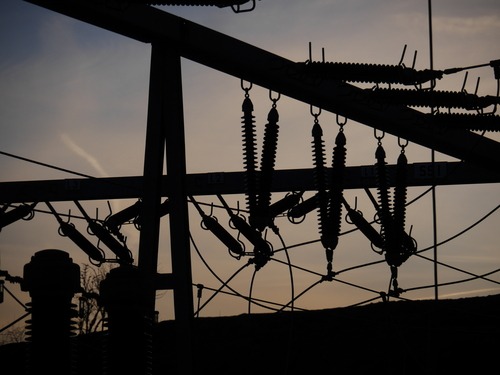ComEd investments helped stave off more than 17 million customer outages in past decade

According to its latest assessment, ComEd’s power grid investments yielded some of its best year-over-year reliability yet in 2021, thanks to a mix of smart switches, cable replacements, storm hardening, and vegetation management efforts that improved the grid in the face of severe weather.
Grid improvements first began in 2011 for the utility’s Illinois service area, and since then, have yielded 68 percent reliability improvements that helped it avoid more than 17 million outages. The result? More than $3 billion in outage costs saved in a decade. The company noted that it demonstrates how important grid investments are to resist the effects of severe weather and to weather the rapid increases in renewable energy and electric vehicle adoption.
“To meet the needs of our customers, ComEd continues to modernize the grid to deliver the reliable power that our customers and communities need to live, work and succeed in a 21st-century economy,” Terence Donnelly, president and COO of ComEd, said. “In the face of increasing and more intense weather events, our investments have enabled ComEd to reach new heights of reliability while laying the foundation for future technologies that expand renewables and support Illinois customers and communities as we transition to a clean energy economy.”
This has not resulted in a breaking uptick in rates, either. According to ComEd, its average residential rates remain 17 percent lower than the 10 top U.S. metro areas, and its average commercial rates are 18 percent lower than the top 20 U.S. metro areas.
The company also touted these reliability efforts as attractive to business expansion. As a result of such projects, it noted that its Economic Development Team helped support the launches of 16 new industrial efforts in the region last year. Those projects will bring with them $3 billion in investment for the region and require 548 MW of new committed capacity.
